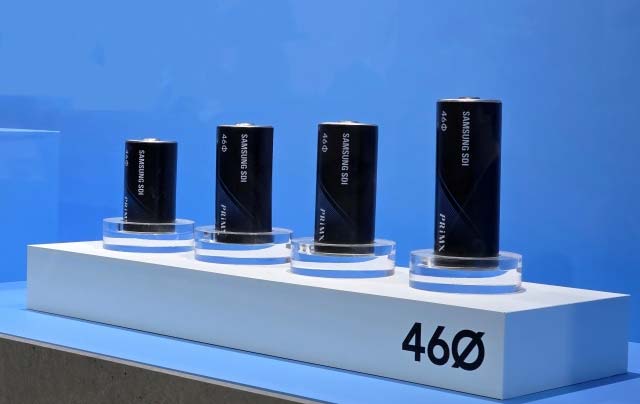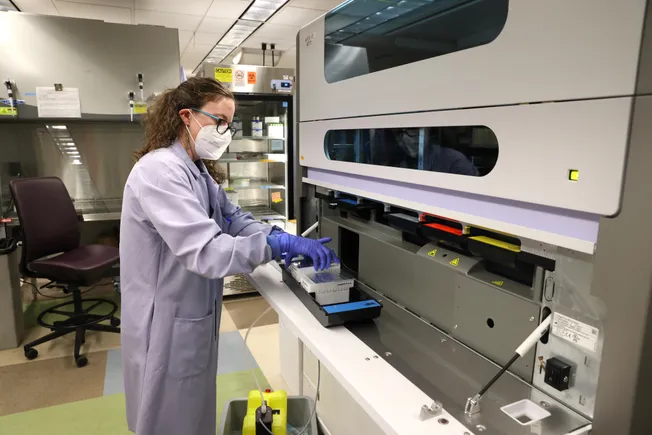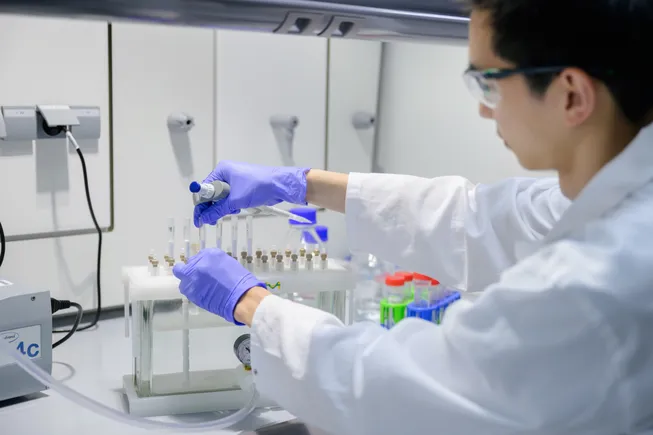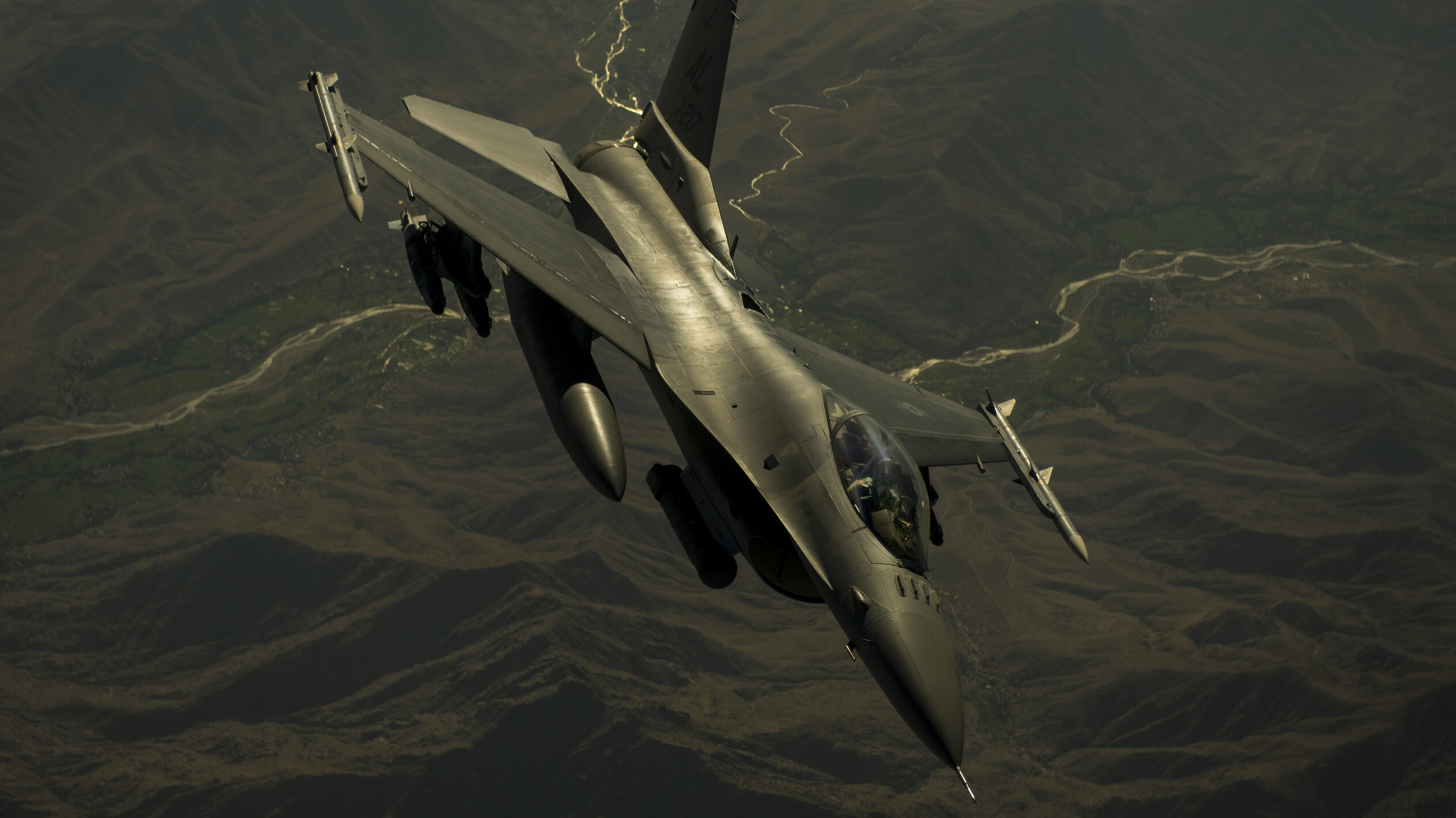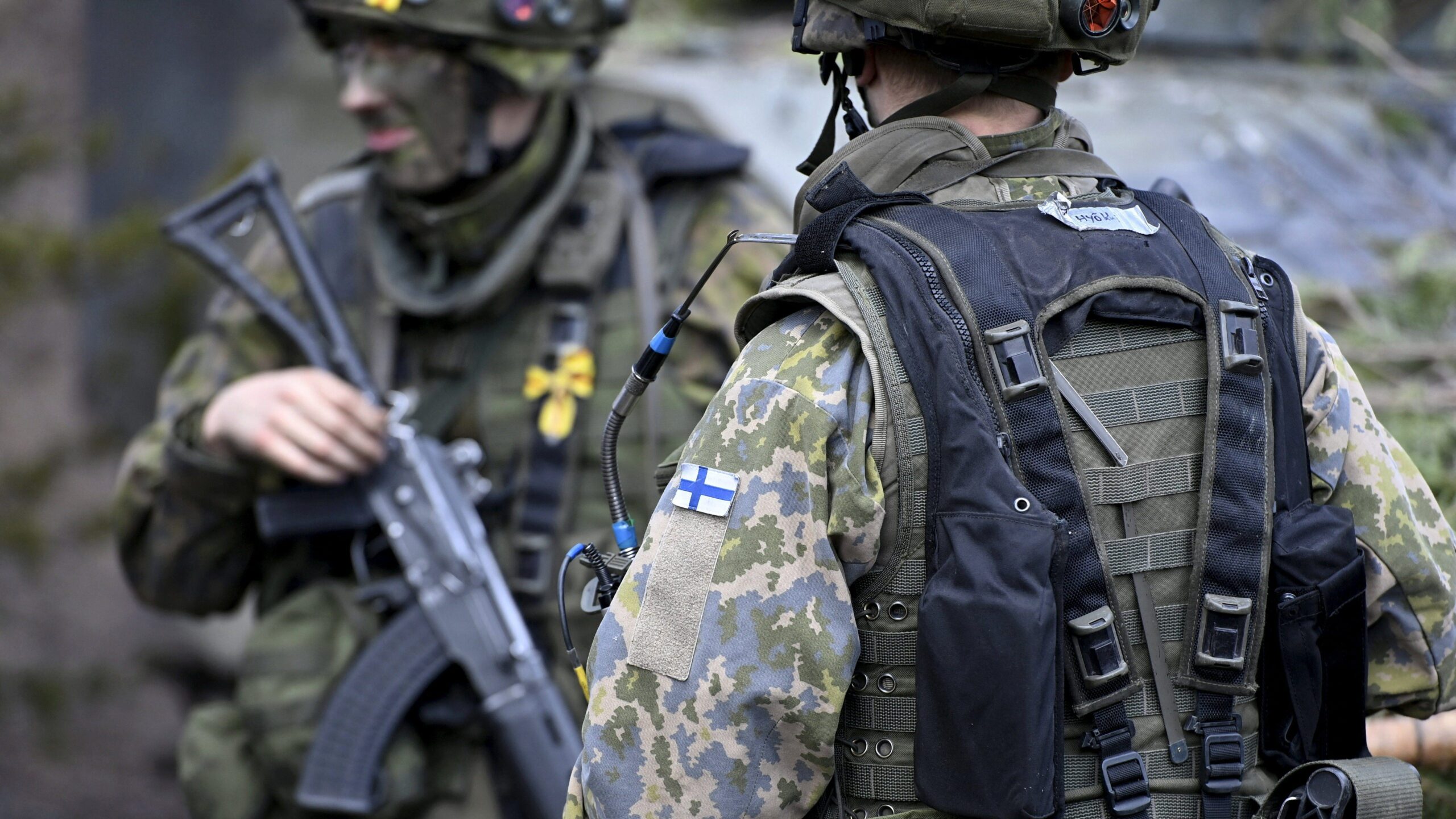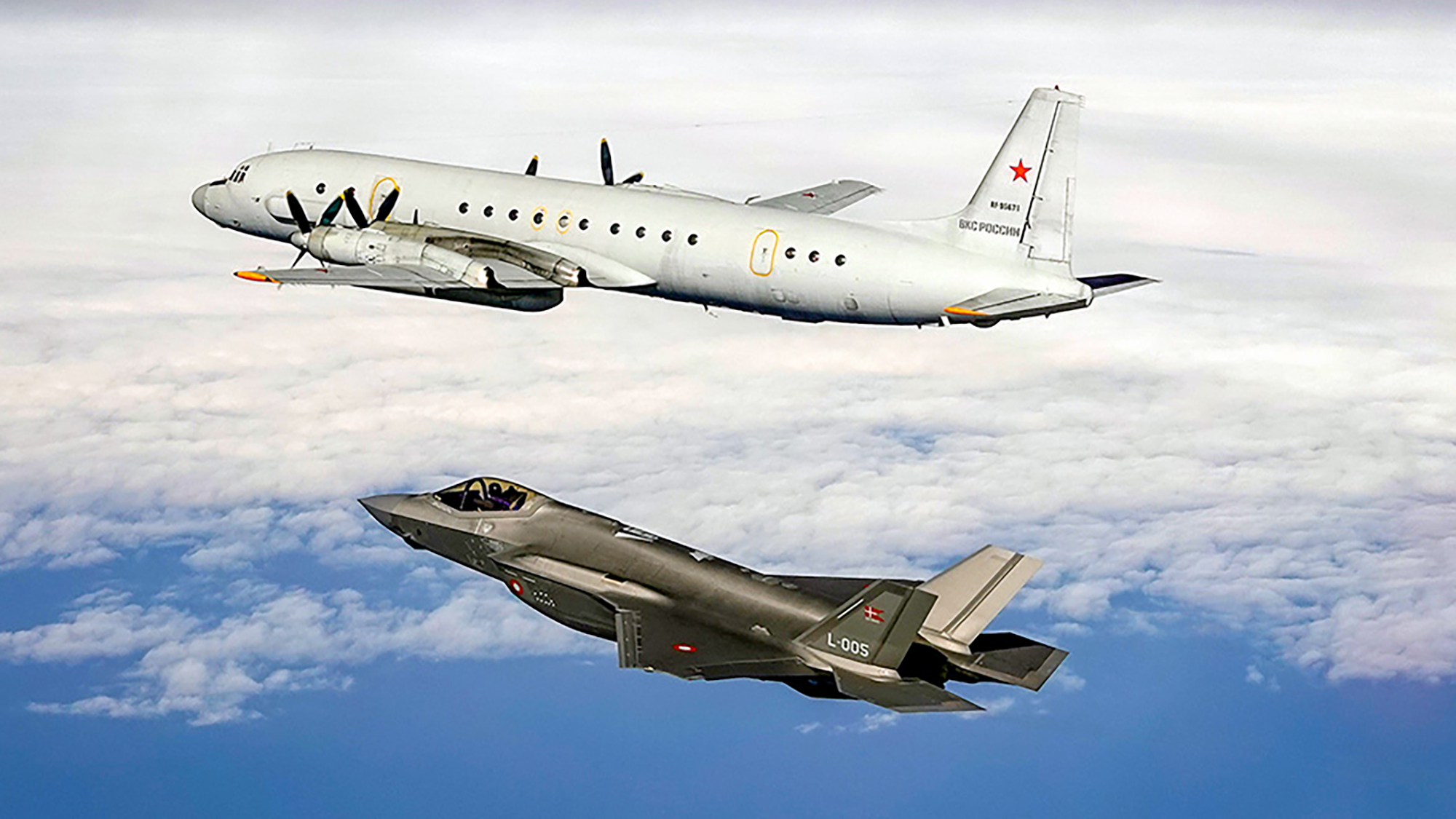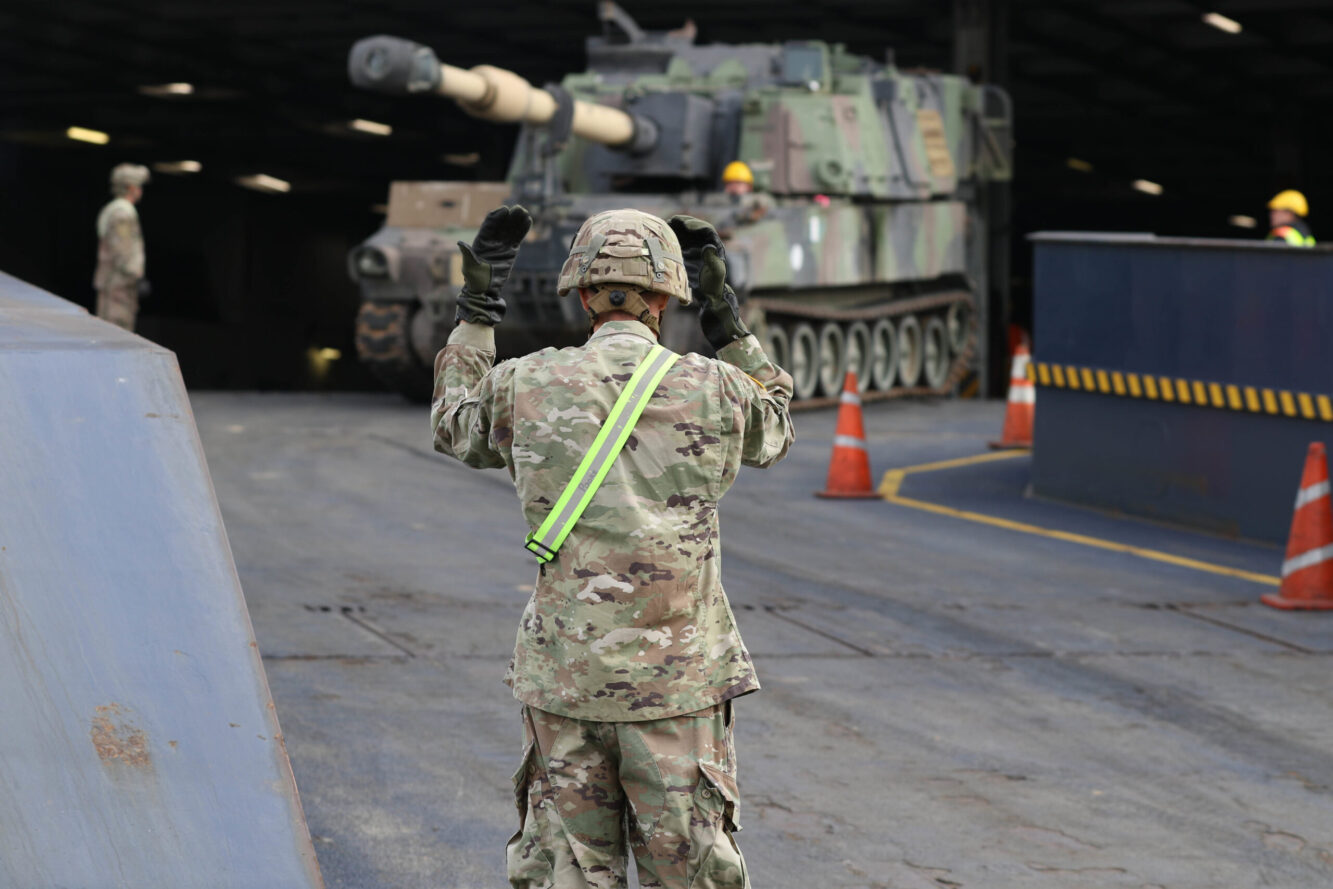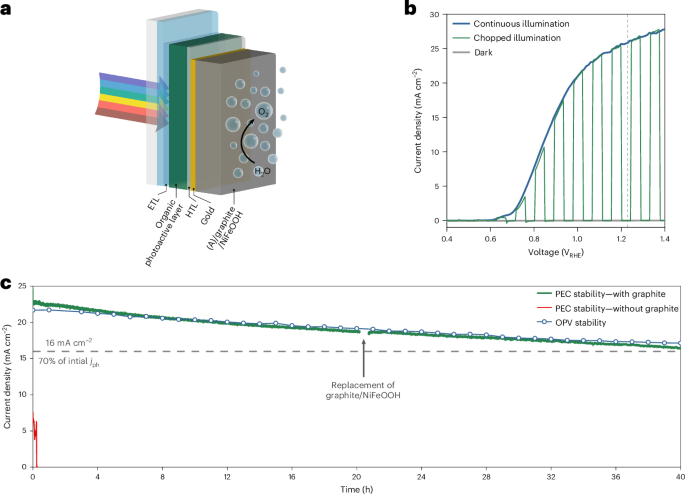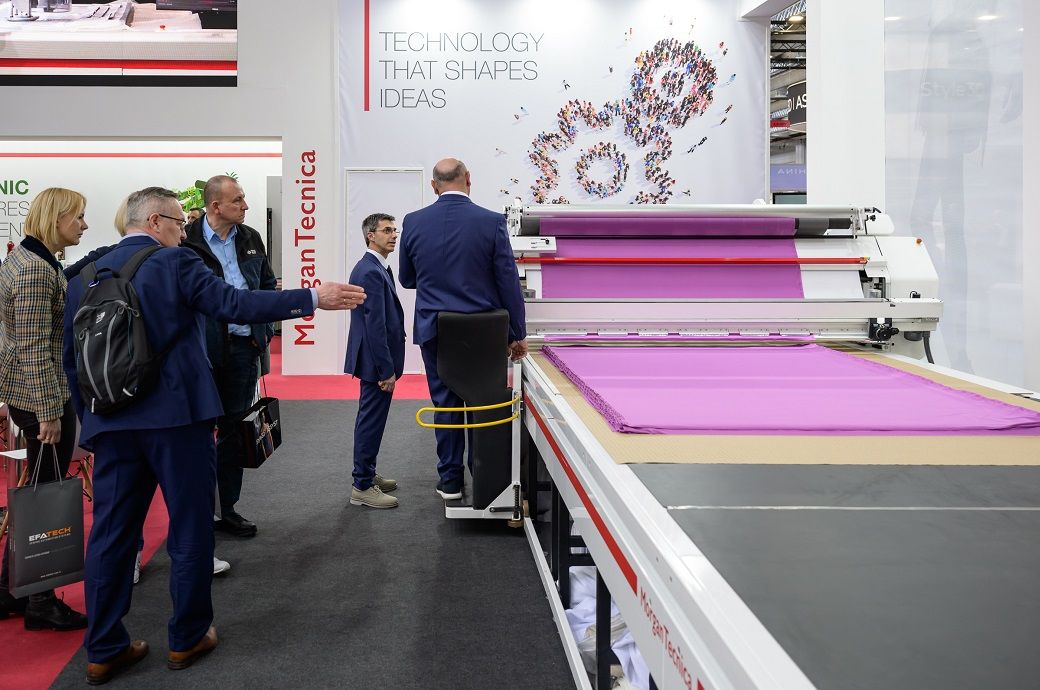Army to deploy integrated data layer for NGC2 at division level before next Project Convergence
The integrated data layer is a user interface where sensors from multiple domains can work together to supply information on enemy targets and other data the warfighter needs to make important calls.


The Mission Command on The Move (MCOTM), left, M-SHORAD Human Integration Machine (HMI), center, and SGT STOUT, right, coordinate the next moves during Project Convergence-Capstone 5 (PC-C5) on Fort Irwin, Calif., early March 2025. (U.S. Army photo by Sgt. Marita Schwab)
WASHINGTON — The Army plans to have its Next Generation Command and Control’s (NGC2) integrated data layer fully operational at the division level before next year’s Project Convergence Capstone (PCC) event, Army senior leaders said today.
The integrated data layer is a user interface where sensors from multiple domains can work together to supply information on enemy targets and other data the warfighter needs to make important calls. It’s a key part of the technology stack that makes up NGC2, and it creates a framework where, for example, artillery, operational, aviation and other systems can talk to each other so the warfighters operating these systems don’t have to digest the various data separately.
“We, on this side, kind of owe the Army an integrated data layer that then we can build applications just like the ones that are on your phone, where warfighting systems can reach you and use that same data, and we’re not building separate pieces of transport, complicated spaghetti charts that connect the boxes and flow data. Now all the data is in one place and anyone can interact with it,” Director of the Army’s Network Cross Functional Team Gen. Patrick Ellis told reporters at the Pentagon today.
“Before PCC 6, we’re going to scale it [the integrated data layer] up to an entire division, so division headquarters, division enablers, multiple brigades,” he said. “What we found is the physical presence of everyone in one location, running this with a real unit, that’s given us the quality feedback that we need. And we’re going to make a project product that’s very useful to the Army.”
Related: ‘Never been done’: Army to test out new integrated data layer on classified networks at Convergence
As the integrated data layer gets brought up to the division level, this will allow the layer to become accessible by multiple divisions at once since it is accessible over the cloud, Alex Miller, chief technology officer to Army Chief Gen. Randy George, told reporters.
“I’m confident that when the first division gets the core software and data pieces of this because they’ll be cloud based, multiple divisions will be able to log in at the same time,” he said. “So it will not just be a vertical stove piped deployment. So this year, the chief and the secretary will charter us, get a division and a quarter squared away. As soon as that’s live, other units will give it a login.”
Multiple divisions being able to log in to the integrated data layer at once will speed up the deployment of NGC2 across the entire force, Miller said. This, in turn, makes it difficult to put a timeline on when NGC2 will be fully deployed, he said. However, Ellis said the integrated data layer portion is moving along “really quickly” compared to how long the service’s usual processes take.
“As the integrated data layer goes live, it intends for anyone to be able to access it through their government system. So a division that’s not scheduled to get Next Gen C2, the full stack approach, would still be able to access that very, very early, if that’s something that they want to do,” Ellis said. “We’re excited about that, because we think that’s also going to help us accelerate the growth of this across the United States Army.”
Ellis said that the service began working on the integrated data layer at PCC4 last spring, but it was merely a “proof of concept” then. After PCC5 about three weeks ago, this proof of concept turned into a “proof of principle.”










